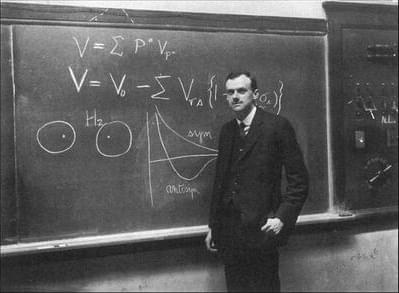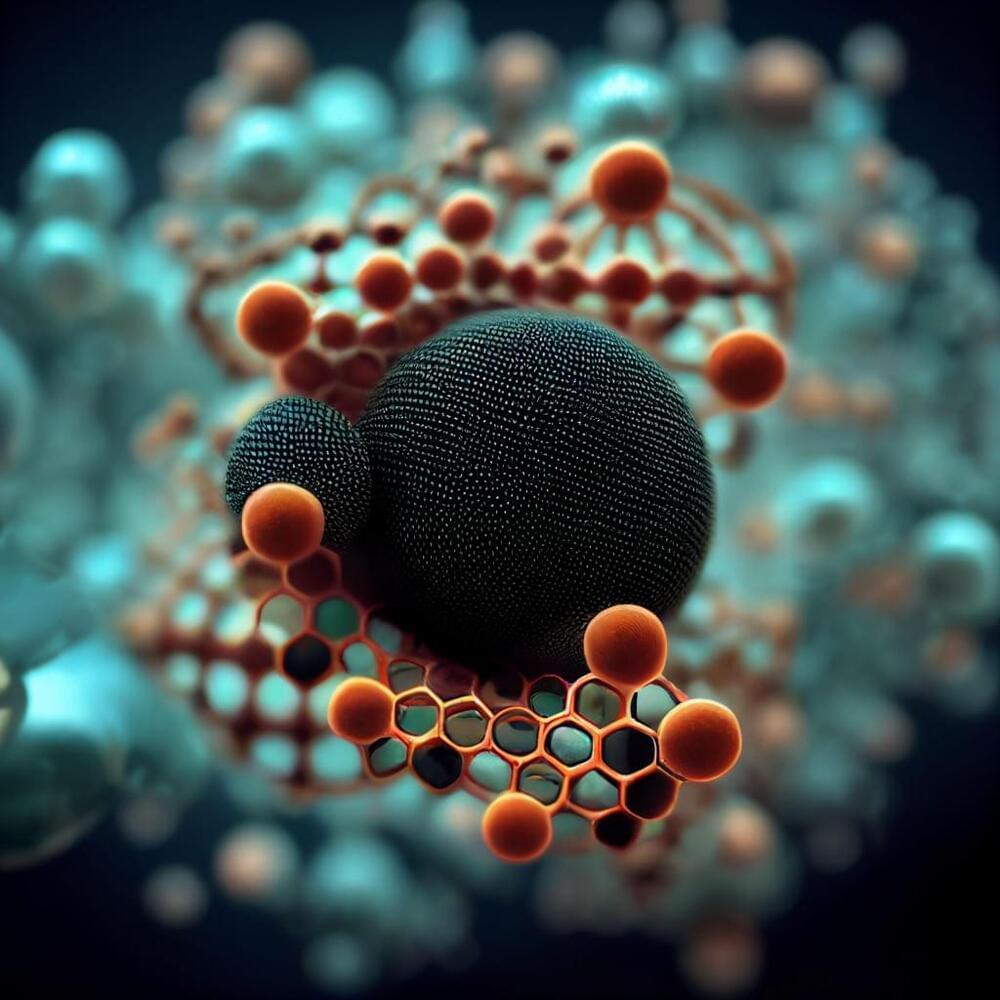Mar 13, 2023
Uneven Circuit Aging Becoming A Bigger Problem
Posted by Saúl Morales Rodriguéz in categories: computing, engineering, life extension
The industry is gaining ground in understanding how aging affects reliability, but more variables make it harder to fix.
Circuit aging is emerging as a first-order design challenge as engineering teams look for new ways to improve reliability and ensure the functionality of chips throughout their expected lifetimes.
The need for reliability is obvious in data centers and automobiles, where a chip failure could result in downtime or injury. It also is increasingly important in mobile and consumer electronics, which are being used for applications such as in-home health monitoring or for navigation, and where the cost of the devices has been steadily rising. But aging also needs to be assessed in the context of variation models from the foundries, different use cases that may stress various components in different ways, and different power and thermal profiles, all of which makes it harder to accurately predict how a chip will behave over time.


















